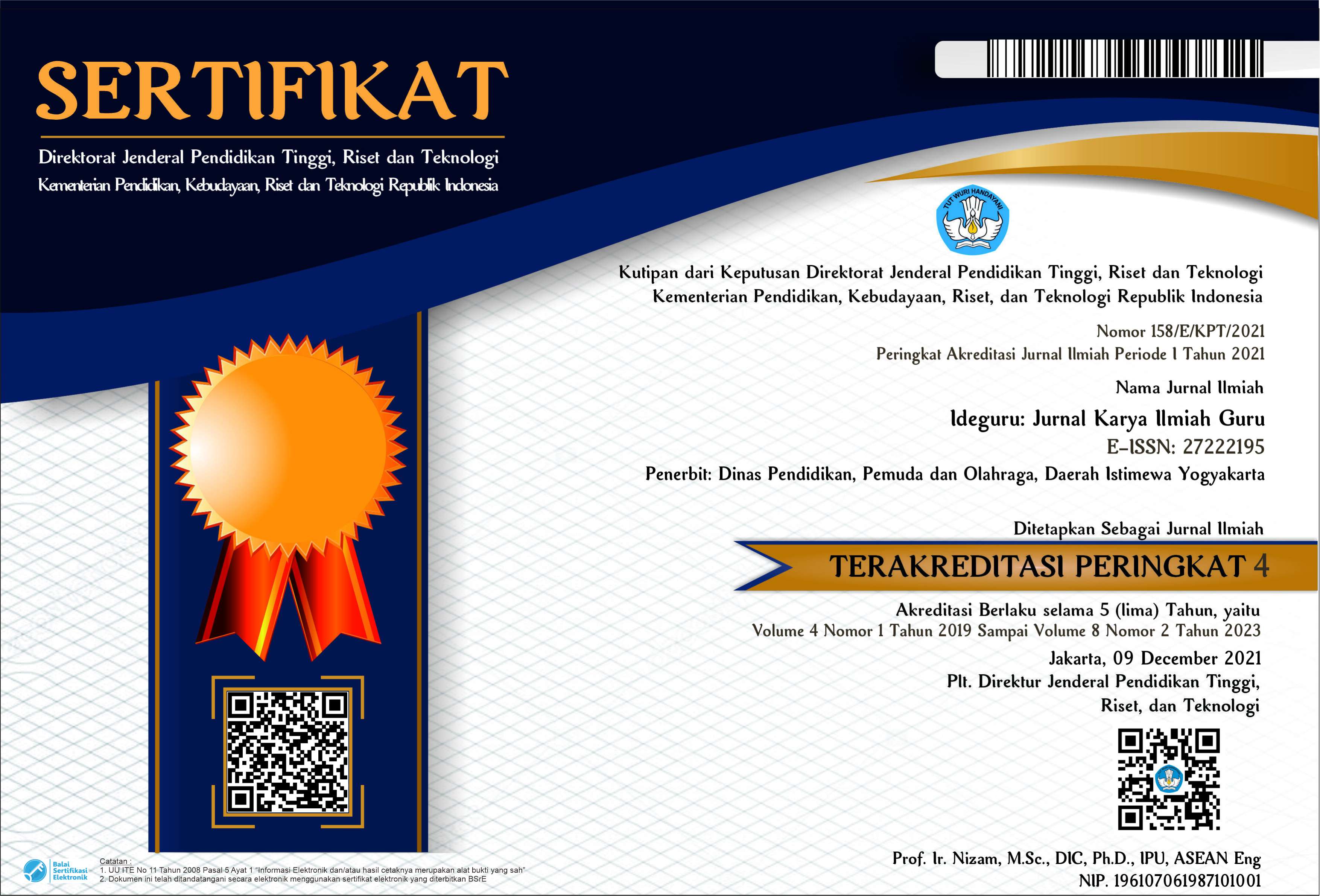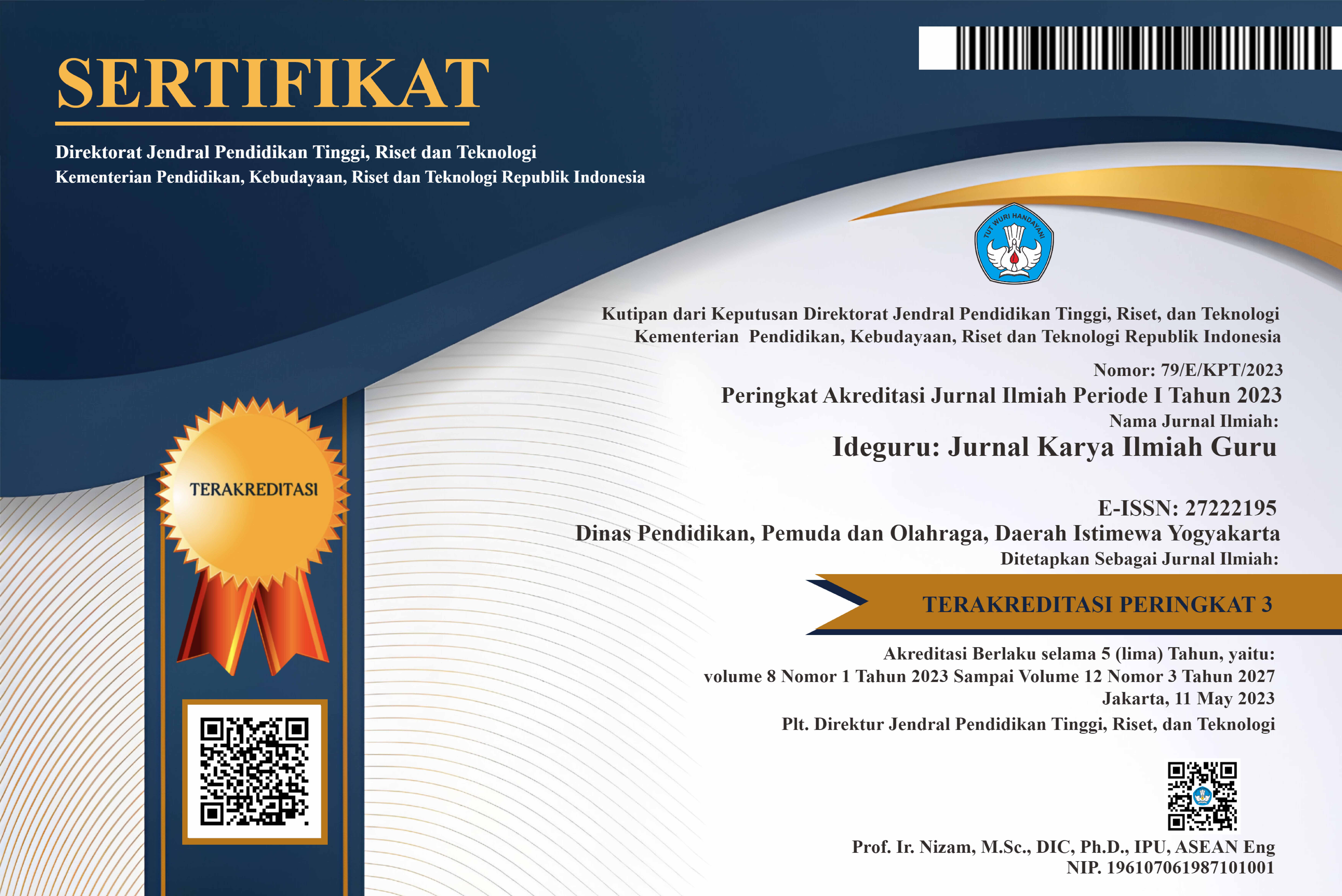Improving Learning Outcomes through STEM Learning Model and Self-Efficacy
Abstrak
Pakar pendidikan telah mempelajari secara ekstensif hubungan antara paparan disiplin ilmu STEM di kelas dan hasil pembelajaran yang menguntungkan bagi mahasiswa. Tujuan dari penelitian ini adalah untuk menyelidiki potensi korelasi antara efikasi diri mahasiswa dan hasil belajar mahasiswa dalam mata kuliah terkait STEM. Pendekatan penelitian utama yang digunakan dalam analisis kuantitatif ini adalah deskriptif verifikatif. Setiap mahasiswa yang terdaftar di Politeknik kesehatan Banten berpartisipasi dalam penelitian ini. Penelitian ini menggunakan pendekatan pemilihan sampel secara acak. Penelitian ini memiliki ukuran sampel 100 siswa. Data dikumpulkan melalui penggunaan kuesioner untuk penelitian ini. Penelitian ini menggunakan statistik deskriptif dan statistik inferensial yaitu analisis PATH yang dilakukan dengan software Smart PLS 3.0. Model pembelajaran STEM mempunyai pengaruh yang signifikan terhadap hasil belajar mahasiswa (p<0,05), dan juga terhadap efikasi diri mahasiswa (p<0,05). Selain itu, efikasi diri mahasiswa mempunyai pengaruh yang signifikan terhadap efektivitas model pembelajaran STEM (p<0,05). Penelitian tambahan diharapkan dapat menghasilkan metode pendidikan STEM yang akan memberdayakan semua siswa untuk berkembang. Penelitian ini menyarankan agar mahasiswa dapat memanfaatkan STEM di kelas untuk pembelajaran.
Data Unduhan PDF
Copyright (c) 2024 Asep Awaludin, Yayat Ruhiat , Nurul Anriani

This work is licensed under a Creative Commons Attribution 4.0 International License.

 DOI:
DOI:














